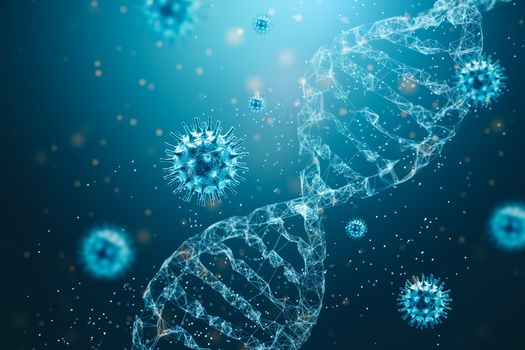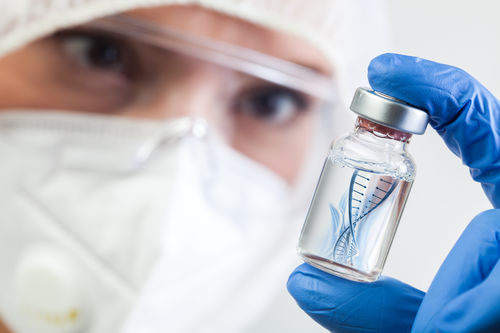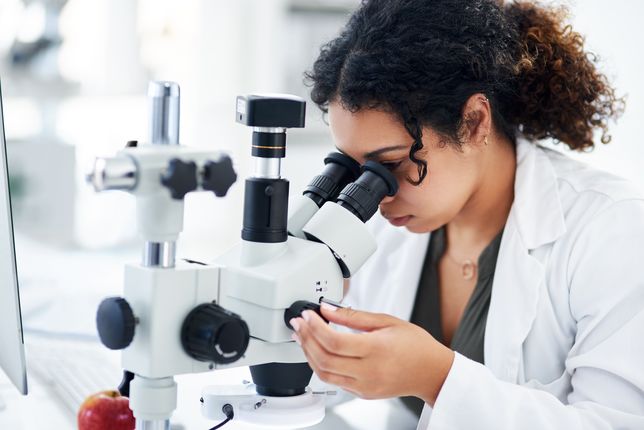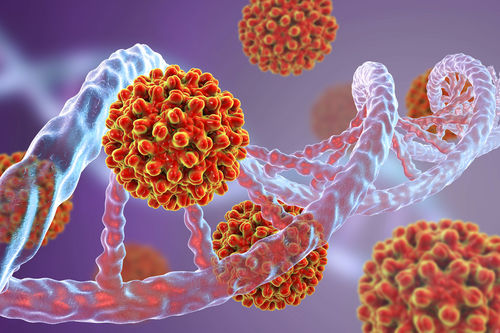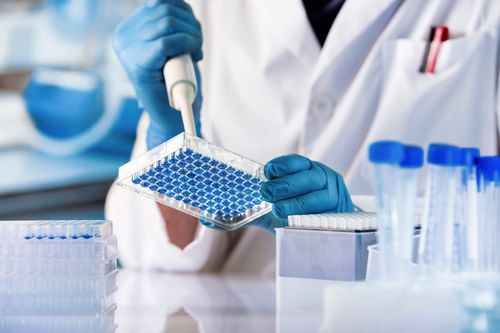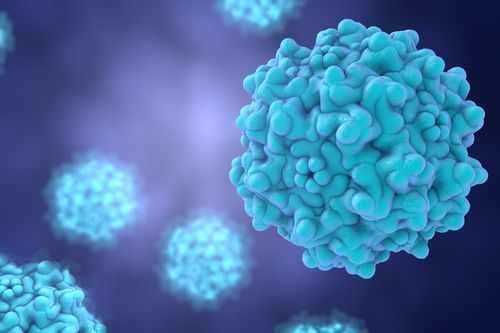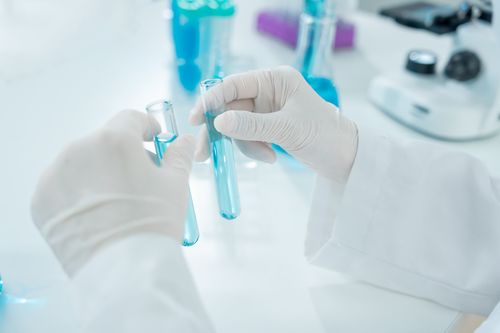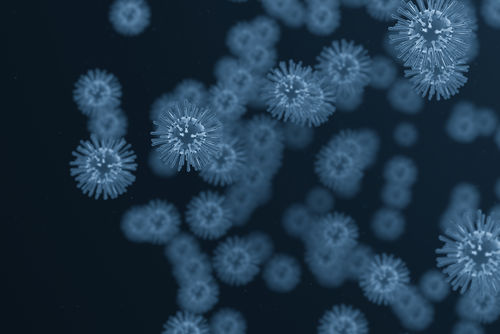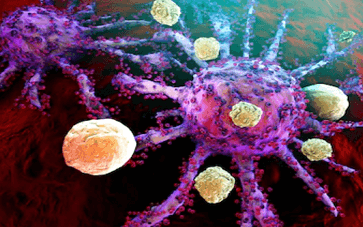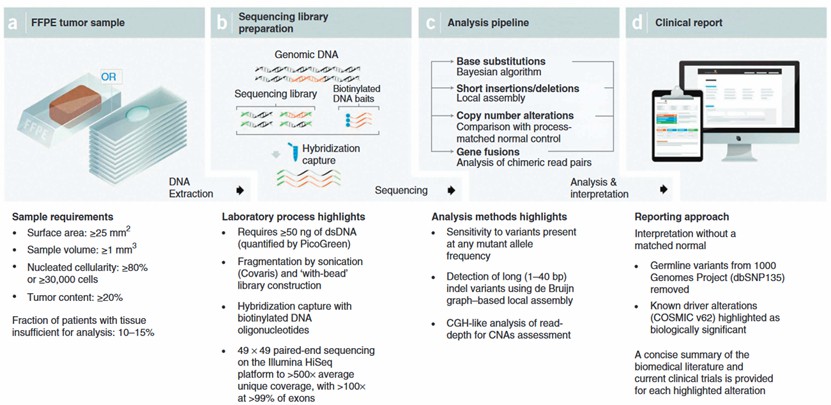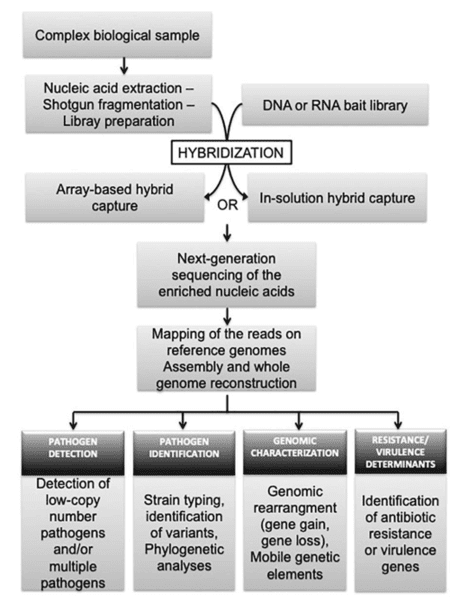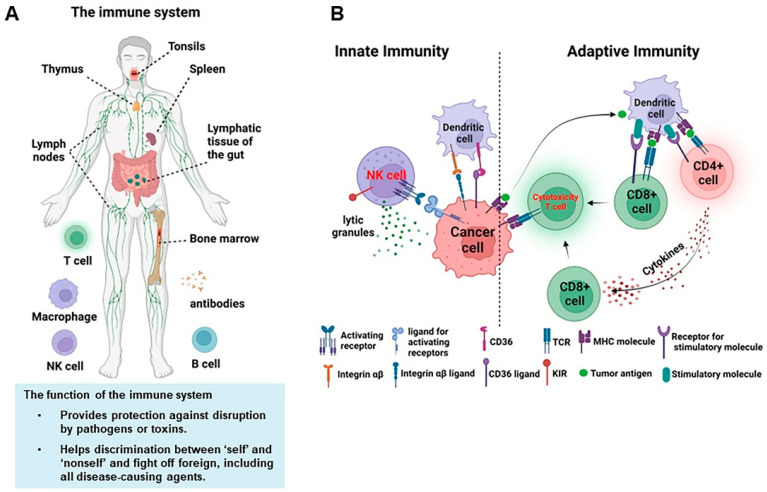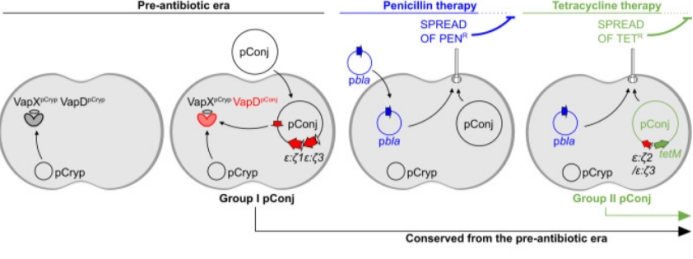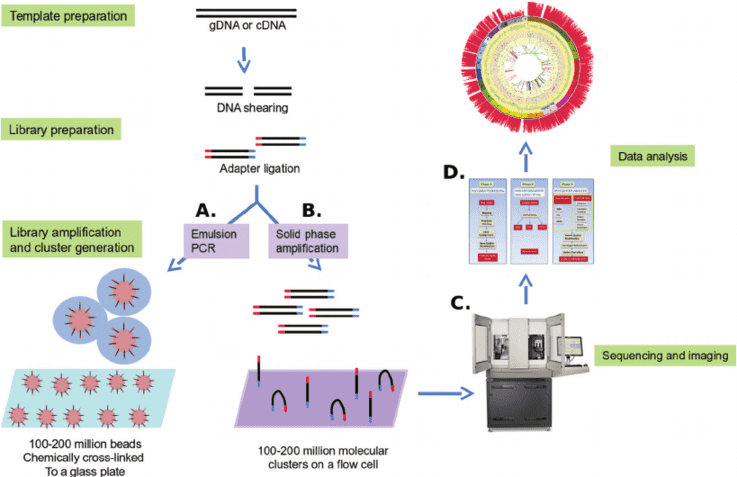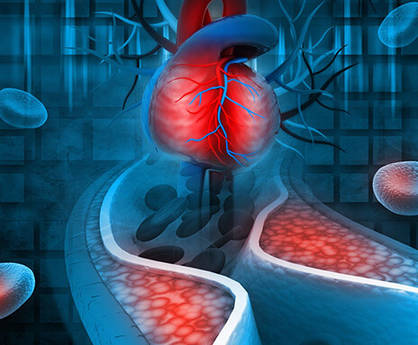
What is arrhythmia?
Arrhythmia is a relatively common disease of the cardiovascular system in the clinic. There are many factors that can cause arrhythmia in patients. Arrhythmia can cause organic diseases, such as coronary heart disease. The main treatment for clinical arrhythmias at this stage is still medication. One of the important factors in the occurrence of arrhythmia is the late sodium current. The late sodium current is a small continuous inward current that develops during the plateau phase after cardiomyocyte depolarization, caused by sodium ions entering the cardiomyocytes through the incompletely closed sodium channel. The late sodium current can affect the action potential duration and cause complex abnormalities, resulting in arrhythmia. Typical symptoms of arrhythmias include, but are not limited to palpitations, dizziness, syncope, shortness of breath, seizures, cardiac arrest and sudden cardiac death.
Disease-related gene description
Arrhythmia is a cardiovascular disease caused by genetic factors. A variety of genes associated with arrhythmia syndrome have been reported. ABCC9 is one of the reported genes encoding a potassium channel protein subunit SUR2 protein that regulates the extent of vasoconstriction and membrane potential. There is sufficient evidence that the genetic variations of ABCC9 in humans are closely related to dilated cardiomyopathy, myocardial infarction and familial atrial fibrillation. In addition, the G protein beta subunit 5 involved in inhibitory G protein signaling is encoded by the GNB5 gene. And sufficient experiments have shown that gnb5 knockout model animals have abnormal symptoms in heart, nerve and ophthalmology, supporting the direct effect of GNB5 in controlling heart rate and hypotonia. The SCN5A gene is involved in many arrhythmias and cardiomyopathy processes, including sinus node and atrioventricular sarcoidosis, atrial arrhythmia, dilated cardiomyopathy, and early cardiac arrest. Except for ABCC9, GNB5 and SCN5A, there are other highly relevant genes such as ANK2, CDKN1A, SCN10A, NFIA, CEP85L and RYR2.
Based on the latest research report, we have selected a variety of representative genes that are highly correlated with arrhythmia. You can select the genes you want in the panel library or customize your exclusive panel. We offer specialized targeted sequencing technologies to detect low-frequency genetic variants.
Custom arrhythmia panel offers but are not limited to:
-
Amplicon sequencing by Illumina MiSeq/Ion PGM system provides unparalleled coverage uniformity so we can accurately detect small mutations in arrhythmia-related genes.
-
Only sequencing the customizable arrhythmia panel suits your requirements, increasing throughput and saving costs.
-
Strict quality control throughout the pipeline workflow ensures the validity and repeatability of the sequencing.
-
In order to obtain accurate results, each detected change in gene level will be further verified.
-
Custom panel content is based on the latest research in arrhythmia and covers all genes that may be relevant to it.
-
You can choose the panel content of interest from our customizable arrhythmia library or discuss your custom arrhythmia panel requirements, then we can provide you with a personalized panel.
Choose the gene that suits you from the arrhythmia gene list
| ABCC9 |
ACTN2 |
AKAP9 |
ANK2 |
CACNA1C |
CACNA2D1 |
| CACNB2 |
CALM1 |
CALM2 |
CALM3 |
CEP85L |
CDKN1A |
| DEPDC5 |
DSC2 |
DSG2 |
DSP |
EMD |
GNB5 |
| HCN4 |
JUP |
KCNA5 |
KCND3 |
KCNE1 |
KCNE2 |
| KCNE3 |
KCNK3 |
KCNQ1 |
KCNQ2 |
LDB3 |
LMNA |
| NFIA |
NKX2-5 |
NPPA |
PCDH19 |
PKP2 |
PLN |
| RBM20 |
RYR2 |
SCN10A |
SLC2A1 |
SNTA1 |
TBX5 |
| TNNI3 |
TNNT2 |
TRDN |
TRPM4 |
TTN |
|
Specimen requirements of our custom arrhythmia panel
- Specimen: DNA extracted from leukocytes in whole blood (no FFPE).
- Volume: 3 μg DNA.
- Collection: blood is collected by routine blood collection and leukocytes are isolated for extracting DNA. DNA samples are stored in TE buffer or equivalent.
- Container: lavender-top (EDTA) tube.
Gene panel workflow

For more information about the Custom Arrhythmia Panel or need other amplification requirements, please contact us.
References:
- Roberts J D, et al. Ankyrin-B dysfunction predisposes to arrhythmogenic cardiomyopathy and is amenable to therapy. Journal of Clinical Investigation, 2019, 129(8): 3171-3184.
- Gessner G, et al. ANK2 functionally interacts with KCNH2 aggravating long QT syndrome in a double mutation carrier. Biochemical and biophysical research communications, 2019, 512(4): 845-851.
- Monasky M M, et al. Comparable clinical characteristics in Brugada syndrome patients harboring SCN5A or novel SCN10A variants. EP Europace, 2019.
- Johnson C N, et al. The CaMKII inhibitor KN93-calmodulin interaction and implications for calmodulin tuning of NaV1. 5 and RyR2 function. Cell calcium, 2019, 82: 102063.
- Ge N, et al. Generation of eight human induced pluripotent stem cell (iPSC) lines from familial Long QT Syndrome type 1 (LQT1) patients carrying KCNQ1 c. 1697C> A mutation (NUIGi005-A, NUIGi005-B, NUIGi005-C, NUIGi006-A, NUIGi006-B, NUIGi006-C, NUIGi007-A, and NUIGi007-B). Stem cell research, 2019, 39: 101502.
- Hodzic E, et al. Troponin and CRP as Indicators of Possible Ventricular Arrhythmias in Myocardial Infarction of the Anterior and Inferior Walls of the Heart. Materia Socio-Medica, 2018, 30(3): 185.
* For research purposes only, not intended for clinical diagnosis, treatment, or individual health assessments.
Related Services
Related Products
Related Resources


